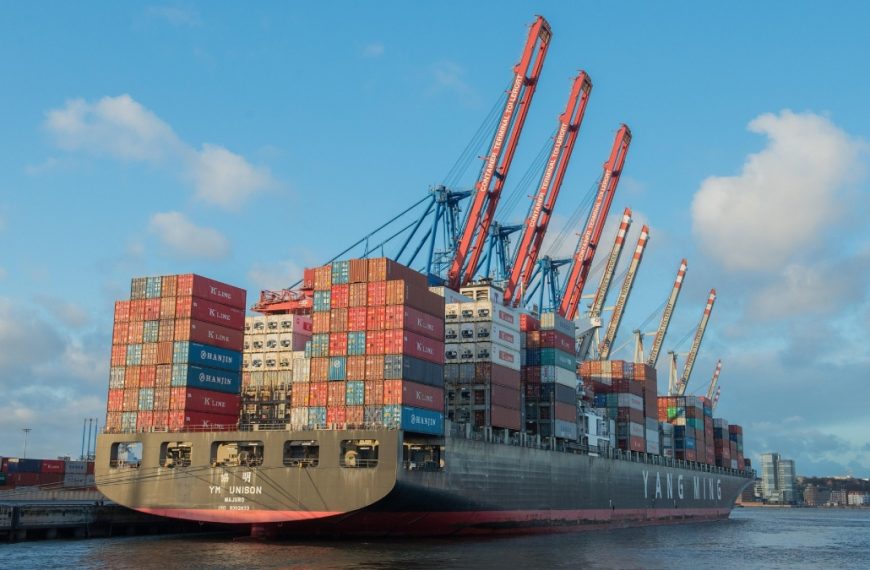The Indian government is on the verge of launching a much-anticipated coal exchange, aimed at revolutionizing the way domestically produced coal is bought and sold. This initiative comes at a time when coal production in India has soared, surpassing 1 billion tonnes in the fiscal year 2025. Officials have indicated that the exchange could be operational by the next financial year, potentially reshaping the coal market landscape.
The Vision for a Coal Exchange
According to reliable sources, the proposal for the coal exchange is in its final stages, with plans to establish it by FY27. Once the framework is approved, regulations will be put in place, allowing the Coal Controller Organisation to oversee operations as the regulatory body. This anticipated exchange is a crucial step toward enhancing the efficiency of coal trading in India.
- Empowering Coal India: The exchange will enable Coal India to sell coal outside the traditional long-term linkage framework.
- Boosting Private Miners: Private miners will benefit by being able to offload excess coal in a more structured open market.
Enhancing Price Discovery
With the establishment of this exchange, the process of price discovery for coal—a key fuel for power generation—is expected to improve significantly. Currently, domestic coal prices are based on the notified rates set by Coal India, which are influenced by international market trends. The new platform aims to reduce reliance on these external factors.
The Coal Controller Organisation, under the Ministry of Coal, is tasked with collecting production data from both public and private coal mines. They also inspect collieries to ensure compliance with classification standards and act as an appellate authority in disputes between consumers and mine owners.
Government Commitment and Market Impact
Despite some delays in the establishment of the coal exchange, government officials, including Union Minister of Coal and Mines G Kishan Reddy, remain optimistic. The exchange is expected to diminish India’s dependence on global coal pricing mechanisms, fostering a more self-sufficient energy market.
- A New Online Trading Platform: The proposed exchange will serve as a digital trading hub for both commercial miners and public sector enterprises like Coal India.
- Diverse Options for Buyers: Buyers will have access to various coal grades and locations, enhancing flexibility in procurement.
In 2020, the government opened the coal sector to private players through the auctioning of coal blocks, further diversifying the market.
Production Gains and Declining Imports
India’s coal production reached 1.05 billion tonnes in FY25, reflecting a growth of 4.99% from the previous year. The surge in production is attributed to government policies aimed at boosting domestic availability, including the auctioning of new mining rights.
- Commercial and Captive Mines: Output from these mines soared to 197.50 million tonnes, marking a significant 28.11% increase from 154.16 million tonnes in FY24.
- Reduction in Imports: Coal imports dropped by 8.4% to 183.42 million tonnes during the first nine months of FY25, saving the country approximately $5.43 billion in foreign exchange.
As the government projects coal production to reach 1.13 billion tonnes in the next fiscal year, the anticipated coal exchange is poised to play a pivotal role in providing greater market access and enabling stakeholders to discover the true market price of coal. P M Prasad, chairman and managing director of Coal India, has expressed confidence that the exchange will significantly benefit all market participants, fostering a healthier, more competitive environment for coal trading.











